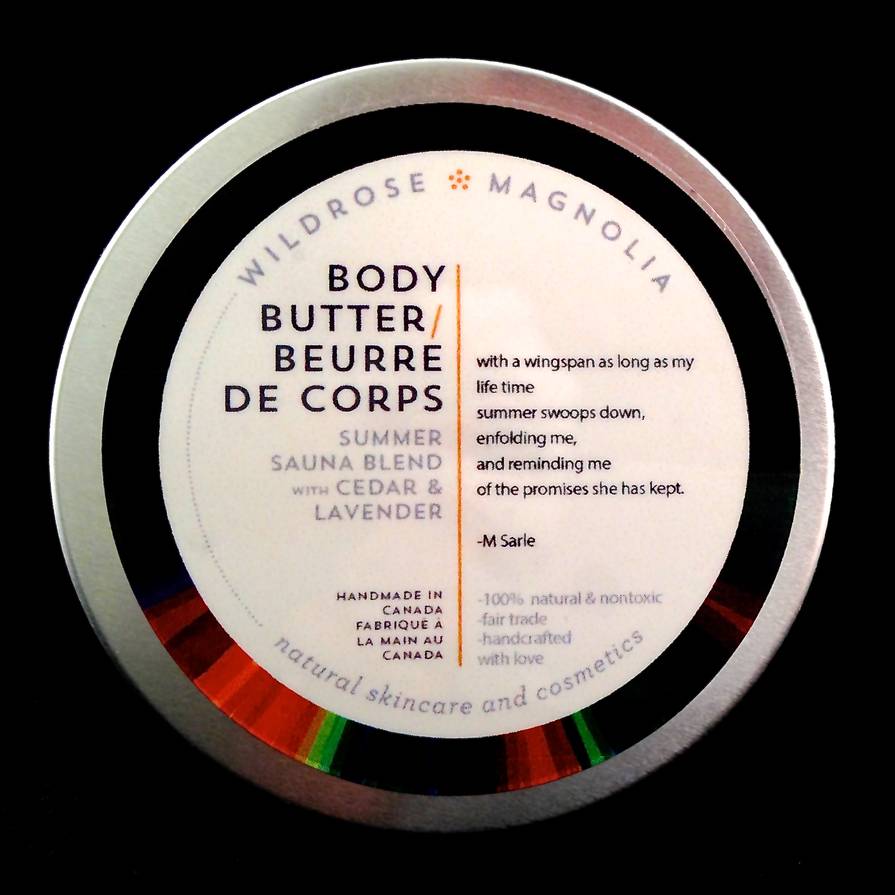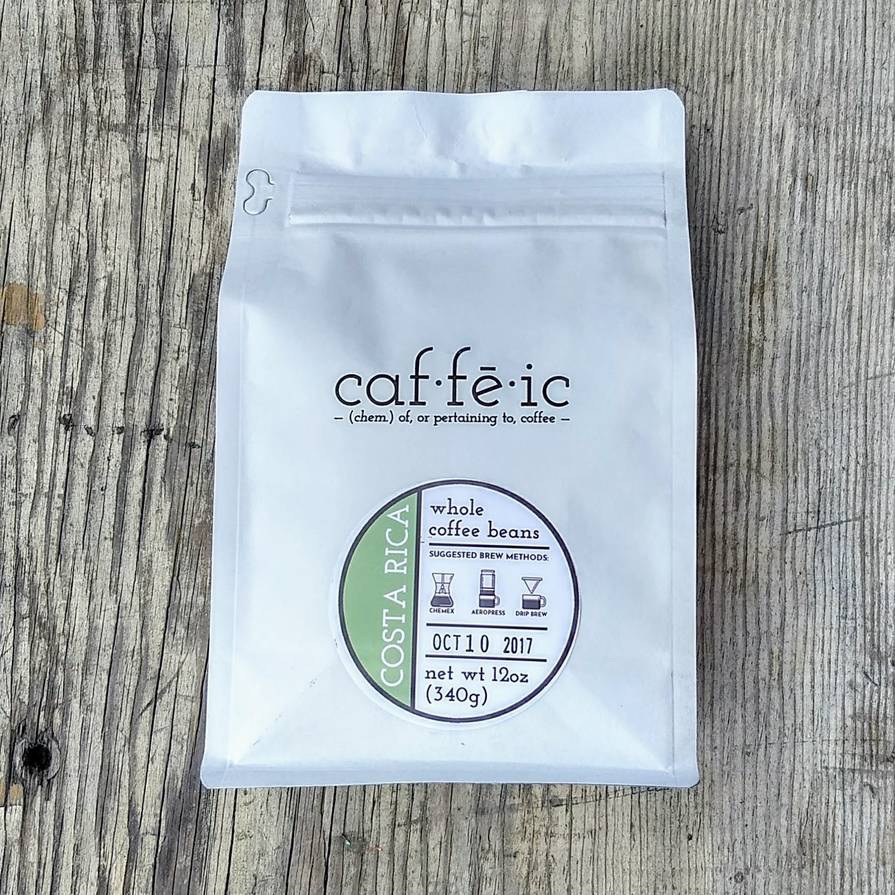Product Labelling Do's and Don'ts

Labeling your homemade goods is an important step towards professional-looking products. They help communicate product features and benefits, and help solidify sales. You put a lot of time and effort into your product, don't fall short with its packaging. Below, we've compiled a list of some of the most important do's and don'ts for designing your product labels.
Designing Your Label
Do: Create a unique and customised look to catch your customer's eye

Your label should be as uniquely "you" as your product. Invest time upfront deciding on the messaging, mood, and emotions you want to convey with your label. Be sure to keep your target audience in mind and at the centre of your design process.
We've got some great guides on creating a design that will help attract your ideal customer. Harness the power of colour psychology, pick the perfect font, and take advantage of our design tips. You can even check out these seven design sites to help with the design process.
Do: Design and print your own labels to save time and money
If you're producing small batches of your product, designing and printing your own labels can help avoid the cost of outsourcing to printers. Create your design using our blank templates in Maestro Label Designer or opt for a pre-designed template to make your product label designing easy. Then, when you're ready, print from the comfort of your home or office.
Don't: Go off-brand with your label design
It can be tempting to go wild with fun colours and fonts. But, don't stray too far from your brand or theme. Try to incorporate the same colours, patterns, fonts, and design elements to maintain that brand consistency among your product labels. This makes your brand easy to recognise and can help keep customers loyal to your brand. They’ll come to know your brand by the sight of your packaging, website, and marketing materials.
Describing Your Product
Do: Be creative and tell a story with your product name and label

As humans, we communicate best with stories. You want to describe the experience customers can expect to have. Name your product "Christmas Eve-Scented Pine Cones" instead of "Pine Cone Scent." Immediately, memories of Christmases spent by the fire spring to the minds of your customers and give them a connection to your product. You can even amp up the nostalgia with relevant graphics.
Do: Include basic and essential information

Depending on your product, there are certain pieces of information everyone looks for. They include:
- Product name - keep it front and centre, using the largest type size on the label.
- Contact information - list the name of the maker and the physical address of their location (not the website). If you make products at home and aren't comfortable listing your home address, an alternative is to purchase a PO box or street address from the post office to place on your labels.
- Ingredients - disclose what went into your product. While certain items such as soaps don't require a list of ingredients, your customers will always appreciate knowing what's in their products. Ingredients should be listed by quantity used, from most to least. Colourants are an exception and can be listed at the end in any order.
Don't: Try to fit too much content
Avoid information overload! While some big brands can pull off a text-heavy label, this approach is not for everyone. Any words printed on your label should be easy to read. This means avoiding fancy fonts or tiny text in an attempt to squeeze in extra information beyond what's recommended above.
This includes design, too. Avoid using too many graphics and leave plenty of whitespace; sometimes one main logo is enough to grab someone's attention.
Creating labels for your products is an involved job, but you can do it! Using the tips above, you'll create stunning product labels that will help your handmade goods fly off the shelf. For more labeling tips, visit our Label Learning Centre. Then, submit your finished design to our Customer Ideas gallery!
Nathalia is a professional writer and web developer passionate about creating clear and helpful content online. When she's not working, attending Orlando Meetups, or obsessing over podcasts, Nathalia can be found training as a national level Olympic-weightlifter, salsa dancing, or speeding off to yet another road trip adventure.


